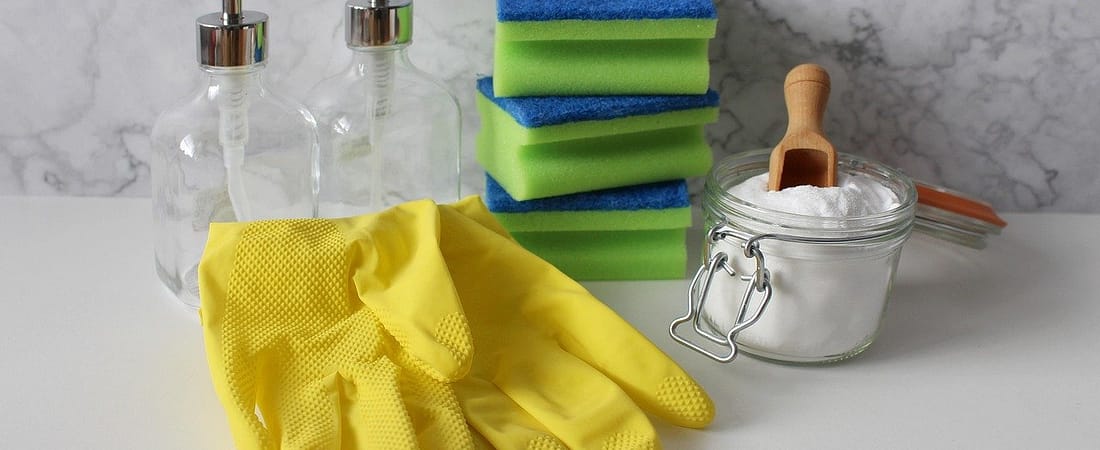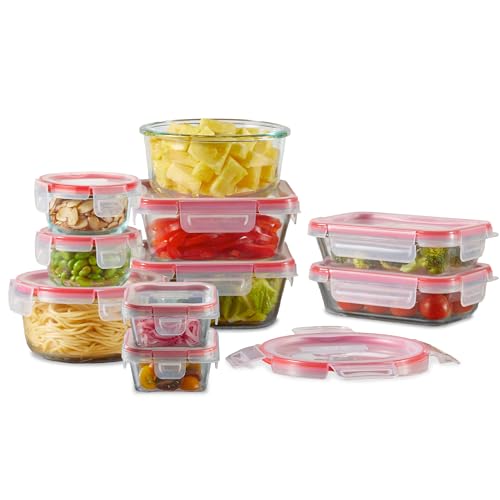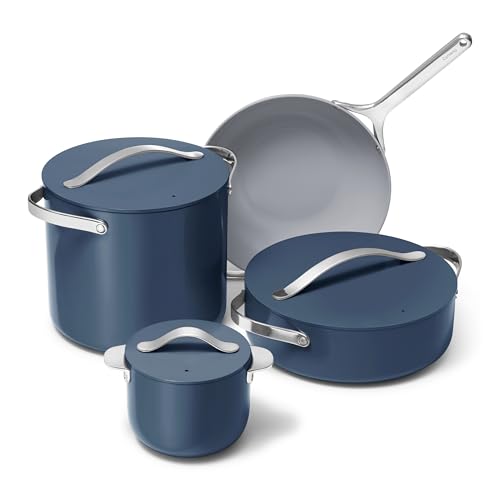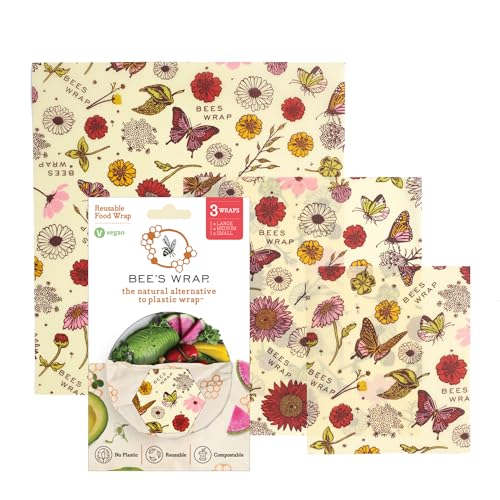Want a healthier kitchen without overspending? Creating a safe and family-friendly cooking space doesn’t have to break the bank. According to Be Well by Kelly, a minimal and non-toxic environment is essential for healthy living success.
Simple swaps, such as trading plastic food containers for glass or stainless steel, can make a big difference. These changes are not only budget-friendly but also durable and safe. By choosing the right materials and products, families can enjoy a safer cooking environment.
Start with small changes and make your kitchen a non-toxic haven without blowing your budget. Easy swaps can lead to a healthier home and a more sustainable lifestyle.
Why Your Kitchen Needs a Non-Toxic Makeover
Turning your kitchen into a safe space is simpler than you might think. It’s a key step towards living healthier. Many kitchen items contain harmful chemicals that can get into our food and harm our health. For example, plastics can release tiny plastic pieces when heated, and chemical cleaners can hurt our breathing.
Chemical Cleaners and Respiratory Health
Chemical cleaners often cause breathing problems. Switching to natural cleaning solutions can greatly lower the risk of breathing issues. Simple changes, like using vinegar and baking soda, work well without the dangers.
By finding and replacing harmful products with safer ones, families can make their kitchens healthier. This means choosing safe kitchen products and using natural kitchen cleaning tips. Changing these things might seem hard, but it’s easy and can greatly reduce toxin exposure.
Choosing non-toxic kitchen swaps is a smart move towards a healthier home. It’s about making choices that are good for you and the planet. By doing this, you can have a safer, healthier kitchen that’s good for your body and soul.
Budget-Friendly Approach to Kitchen Detoxification
Turning your kitchen into a safe space doesn’t have to cost a lot. Focus on replacing key items first and then update gradually. This way, you can make your kitchen healthier without spending too much.
First, find out which items need to be replaced, like plastic containers and non-stick pans. Stainless steel, cast iron, and glass are good alternatives, as suggested by Be Well by Kelly. These materials are safer and last longer, saving you money in the long run.
Replacing other kitchen tools can be done over time, helping you stay on budget. This method allows you to gradually move towards a healthier kitchen. By using budget-friendly kitchen tips and toxin-free cooking alternatives, you can create a healthy kitchen that fits your budget.
Food Storage Solutions: From Plastic to Glass
Switching to glass food storage containers is a simple way to make your kitchen greener. Glass containers are non-toxic, durable, and versatile. They’re great for storing leftovers and meal prep.
Brands like Pyrex offer affordable glass containers. They’re perfect for families wanting to avoid microplastics. Here are some benefits of making the switch:
- Glass containers are free from chemicals like BPA and phthalates.
- They are durable and can withstand extreme temperatures.
- Glass containers are easy to clean and maintain.
Umbel Organics suggests using glass jars for food storage. Glass is sustainable and can be recycled forever. Switching to glass keeps your food fresh and helps the planet.
Pyrex’s glass containers with lids are popular and affordable. This non-toxic swap is a step towards a greener lifestyle.
- 10-PACK: Set includes (2) 1-cup square containers set, (2) 1-cup round containers set, (2) 4-cup square containers set, …
- DURABLE GLASS: Pyrex glass containers resist stains and does not absorb food odors or flavors, making them easy to clean…
- AIRTIGHT & LEAK-PROOF LIDS: The locking lids with 4 locking tabs are airtight and leakproof, so you can take it on the r…
Wrapping It Up: Alternatives to Plastic Wrap
For a budget-friendly and eco-conscious kitchen hack, consider replacing plastic wrap with beeswax wraps. Beeswax wraps are a fantastic alternative to plastic wrap. They offer a reusable and sustainable way to store food. They are not only better for the environment but also keep your food fresh.
Making your own beeswax wraps is surprisingly easy and can be done for under $10. This DIY project not only reduces waste but also saves money in the long run. By switching to beeswax wraps, families can cut down on their plastic usage and keep their food fresh.
As noted by environmental experts, “Reducing plastic use in the kitchen is a significant step towards a more sustainable lifestyle.” Beeswax wraps are a simple yet effective way to make this change. They are versatile, easy to use, and can be used to wrap snacks, cover bowls, and store leftovers.
To get started with beeswax wraps, you can either purchase them or make your own. Here are some benefits of using beeswax wraps:
- Reusable and sustainable
- Easy to clean and maintain
- Breathable, keeping food fresh
- Cost-effective in the long run
By incorporating beeswax wraps into your kitchen routine, you’ll be taking a significant step towards reducing your plastic usage. You’ll also be embracing a more eco-friendly lifestyle.
- 【Natural Ingredients】 Our organic reusable beeswax wrap are made from organic jojoba oil, organic cotton, ethically harv…
- 【A Size For Every Occasion】The 9 pack beeswax food wrappers include 5 Small (7″ x 8″) 3 Medium (10″ x 11″), and 1 Large …
- 【Easy To Wash】 Wash the beeswax cover in cool water with mild soap and air dry, keep food wraps away from heat and don’t…
Healthier Kitchen Cookware Options
Switching to healthier cookware is key for a safe kitchen. Cast iron and stainless steel are top picks. They’re durable and safe, as Be Well by Kelly points out.
Stainless Steel Cookware stands out for its toughness and even heat. It also keeps your food’s taste and nutrients intact.
- Durable and long-lasting
- Resistant to scratches and corrosion
- Easy to clean and maintain
Cast iron skillets are great for keeping heat well. They’re perfect for many dishes, from baked goods to meats. With the right care, they can last for years.
Looking for a budget-friendly option? Try second-hand cast iron and fix it up. It’s a smart way to upgrade your kitchen and cut down on waste.
Choosing stainless steel and cast iron is a big step towards a healthier kitchen. They’re good for you and the planet too.
- PFAS-FREE & NON-TOXIC COOKWARE: Lodge cast iron skillets are safe for cooking, free from harmful chemicals like PFAS, PF…
- SEASONED COOKWARE FOR EASY COOKING: Lodge pre-seasons every pan with 100% natural vegetable oil, giving it a non-stick f…
- RUST? DON’T PANIC! IT’S NOT BROKEN: If you notice a spot that looks like rust upon arrival, it’s just oil that hasn’t fu…
- KITCHEN COOKWARE SET: This Cuisinart stainless steel cookware set includes 1.5 qt. & 2.5 qt. saucepans w/glass covers, 3…
- PREMIUM STAINLESS STEEL: Premium stainless steel pots and pans set with aluminum encapsulated base heats quickly and spr…
- COOL GRIP HANDLES: Cast stainless steel Cool Grip stick handles are contoured for a secure grip and designed to stay coo…
Ditching Non-Stick Pans: What You Need to Know
Want a healthier kitchen? Start with your cookware. Non-stick pans are convenient but can be harmful. They release toxic fumes when heated, says Umbel Organics. It’s time to find safer options.
Cast iron or stainless steel pans are great swaps. They’re durable and retain heat well. Plus, they’re safe from non-stick dangers. Cast iron skillets can be seasoned to prevent sticking, making them a toxin-free cooking alternative.
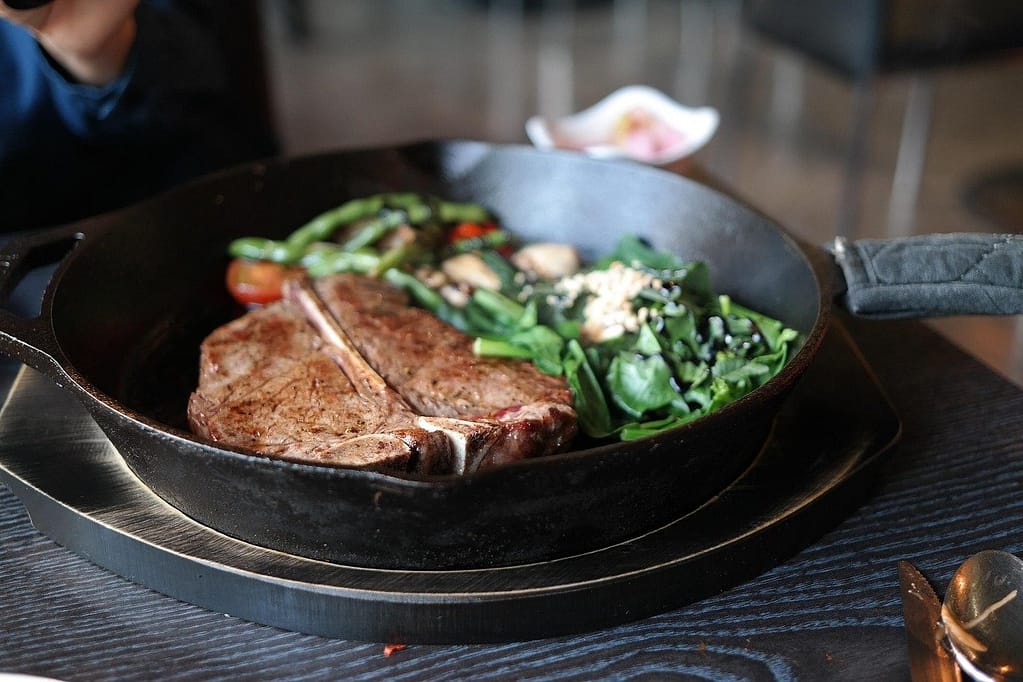
Start by replacing your most used non-stick pans first.
- Learn how to properly season your new cast iron cookware.
- Experiment with different cooking techniques to adjust to your new cookware.
Switching to safer pans is a big step towards a healthier kitchen. It improves your cooking and helps you live a cleaner life.
Natural Cleaning Solutions That Actually Work
Get rid of harsh chemicals and choose natural cleaning solutions. They are not only effective but also easy on your wallet. Cleaning your kitchen with natural ingredients keeps it safe for your family.
A mix of vinegar and baking soda is a great choice. This combo fights tough grease and grime without leaving harmful residues. For example, make a paste with baking soda and water to remove stubborn stains on countertops.
Using lemon juice is another eco-friendly kitchen hack. Lemons are great for cooking and cleaning. Their acidity cuts through grease, leaving your kitchen smelling fresh. Just mix lemon juice with water in a spray bottle and clean surfaces with it.
If you prefer something easier, try Attitude Unscented All Purpose Cleaning Spray. It’s recommended by Umbel Organics and is free from harsh chemicals. It’s gentle on surfaces, making it a good choice over traditional cleaners.
By using these natural kitchen cleaning tips, you can keep your kitchen clean and safe. These budget-friendly kitchen tips are good for your family’s health and the planet.
- EWG VERIFIED: This multi-surface cleaner is formulated with clean ingredients and certified by the Environmental Working…
- POWERFUL, NATURALLY DERIVED FORMULA: Made with 94% natural origin ingredients, this high-performance multipurpose cleane…
- MULTISURFACE VERSATILITY: This all purpose cleaner spray works on wood, glass, marble, granite, stainless steel, ceramic…
Kitchen Utensils: Wood, Bamboo, and Silicone
Choosing the right kitchen utensils is key to a non-toxic kitchen. The materials used can greatly affect the kitchen’s healthiness. Be Well by Kelly suggests using natural materials like wood and silicone for utensils.
Wooden utensils are eco-friendly and gentle on cookware. They don’t scratch non-stick surfaces, which is a big plus. Bamboo utensils are also great; they’re durable, sustainable, and light.
Silicone utensils are versatile and can handle high heat. They’re also easy to clean. When buying utensils, watch out for cheap plastics or treated wood.
To make your kitchen family-friendly, try these eco-friendly hacks:
- Choose utensils made from natural, sustainable materials.
- Stay away from utensils with non-stick coatings that can flake off.
- Go for durable utensils that can handle high temperatures.
By making these simple changes, you can make your kitchen safer and more eco-friendly.
- Wooden Spoon Holder & Spoon Rest: In contrast with others, our wood spoons comes with a spoon rest and a holder so you c…
- Natural Teak Wood: Our wood cooking utensils is made of natural solid teak, which is healthy and safe. Teak is densely g…
- 9-Piece Wooden Spoon Set: A complete wood kitchen utensils that features all the essential cooking tools including a fla…
Small Appliances: Making Safer Choices
Toxin-free cooking starts with choosing small appliances made from safe materials. Be Well by Kelly says picking non-toxic materials is key for a safer kitchen.
Small appliances made from stainless steel or other safe materials might cost more at first. But, they’re worth it for the health benefits. Choosing these can make your kitchen healthier over time.
“The materials used in your kitchen appliances can significantly impact your health.”
When looking for small appliances, consider these:
- Stainless steel toasters and blenders
- Non-toxic slow cookers
- Cast iron or ceramic-coated electric skillets
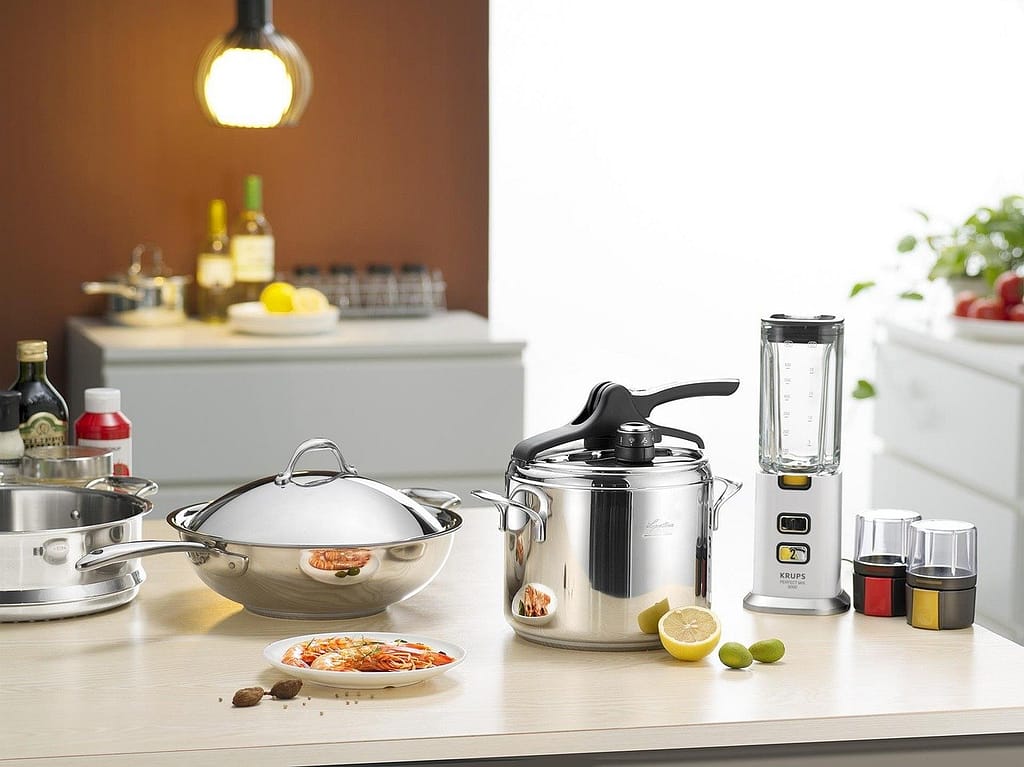
Choosing safe kitchen products and toxin-free cooking alternatives helps create a healthy kitchen without breaking the bank. Making safer choices in small appliances is a step towards a safer kitchen.
Creating a Healthier Kitchen: Step-by-Step Plan
Turning your kitchen into a healthier space is simpler than you might think. Start by spotting areas that need a makeover, like food storage or cookware. Then, pick the changes you want to make based on what you can afford and what’s most important.
Begin with easy swaps, like switching from plastic to glass containers. This is a great budget-friendly kitchen tip. Look for deals online and at discount stores for affordable, safe kitchen items. Umbel Organics is a good place to start.
Next, tackle your cookware and utensils. Swap out non-stick pans for healthier options like cast iron or stainless steel. For utensils, choose wood, bamboo, or silicone. These are not only good for the planet but also last a long time.
By taking it one step at a time, you can make your kitchen healthier without breaking the bank. Try using beeswax wraps instead of plastic wrap for food storage. Every small change brings you closer to a healthier kitchen.
Water Filtration on a Budget
Getting clean drinking water is key to a healthy kitchen. A water filtration system is a smart investment. It makes a big difference in your health.
There are many affordable ways to filter water. Pitchers and faucet-mounted filters are cheap and simple to set up. For better filtration, under-sink systems are a good choice without the high price.
When picking a water filter, think about the upfront cost and future expenses like replacing filters. Looking at the cost and quality of different filters helps you find the best one for your family.
Getting a water filter is a big step towards a healthy home on a budget. It’s also an eco-friendly kitchen hack that’s good for you and the planet.
- This innovative water pitcher with lid is the only purification system that removes bacteria and parasites, in addition …
- Reduces lead, mercury, and chemicals including PFAS (“forever chemicals”), chlorine, herbicides, pesticides, dirt, sand,…
- This glass water pitcher features a sleek and sustainable design, made from durable, BPA-free plastic. It is among essen…
Conclusion: Small Changes, Big Impact
Starting a healthier kitchen journey is easy. It begins with small, doable steps. Families can make their cooking space safer with simple swaps and budget tips.
Switching from plastic to glass or avoiding non-stick pans makes a big difference. These small actions help achieve a healthier kitchen goal.
Begin with small steps and work towards bigger changes. This way, you can enjoy a safer kitchen without spending a lot. The benefits of these changes add up, making your effort worthwhile.
Remember, every small change matters as you work towards a healthier kitchen. Use budget-friendly tips and non-toxic swaps to make your cooking space safe and sustainable.
This post may contain affiliate links, which means we might earn a small commission (at no extra cost to you) if you decide to make a purchase through one of these links. Thanks for your support!

